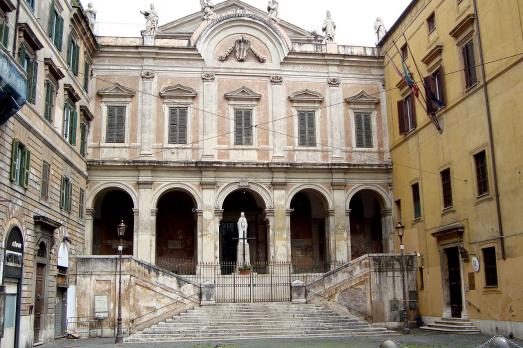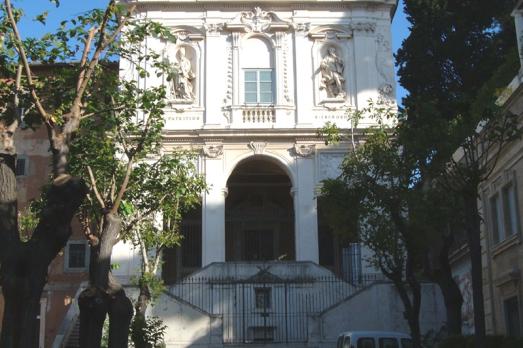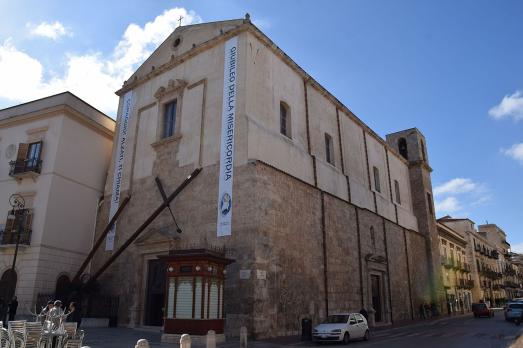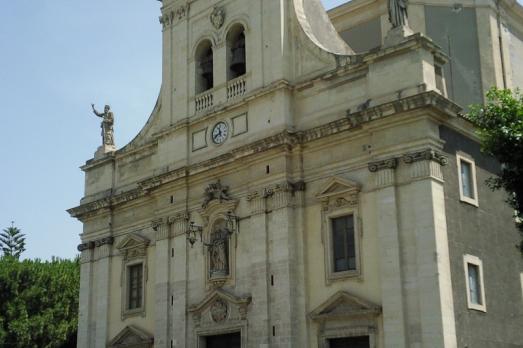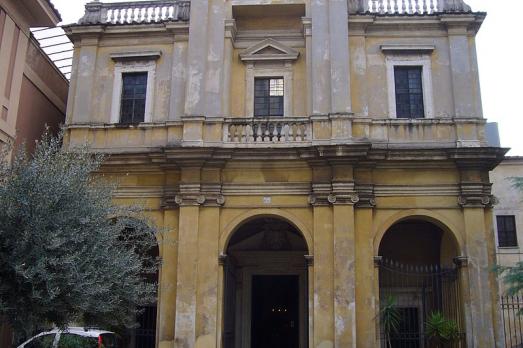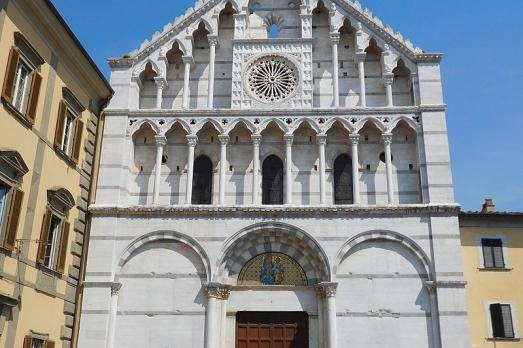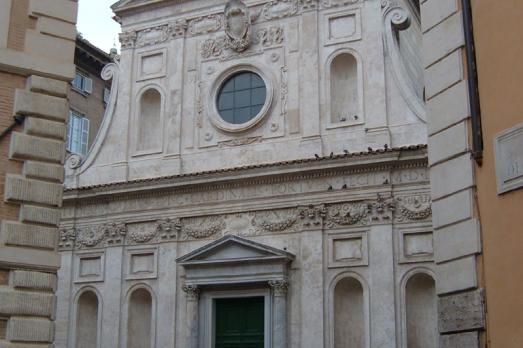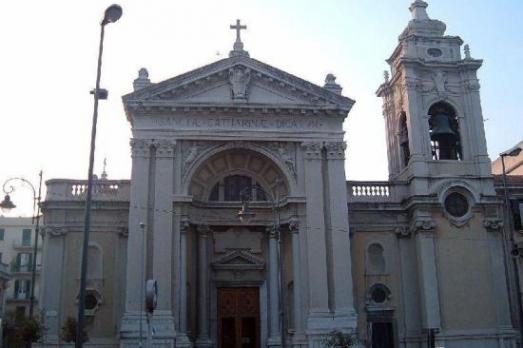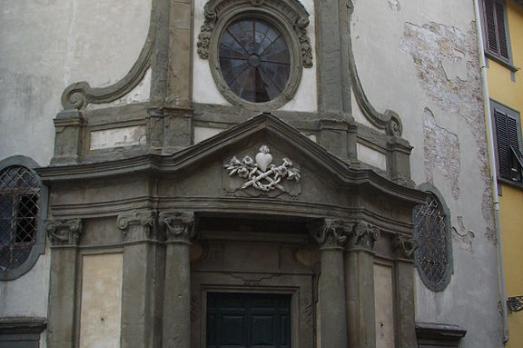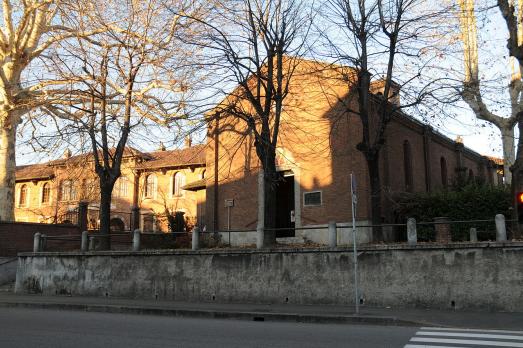
Chiesa di Sant'Erasmo
Legnano, IT
The church of Sant'Erasmo was built in the 14th century and restored in 1490, and was attached to the hospice of the same name, probably founded by Bonvesin de la Riva in the 13th century and demolished in 1925. In the Middle Ages, pilgrims travelling along one of the Roman roads to Milan stopped at the Sant'Erasmo hospice in Legnano.
